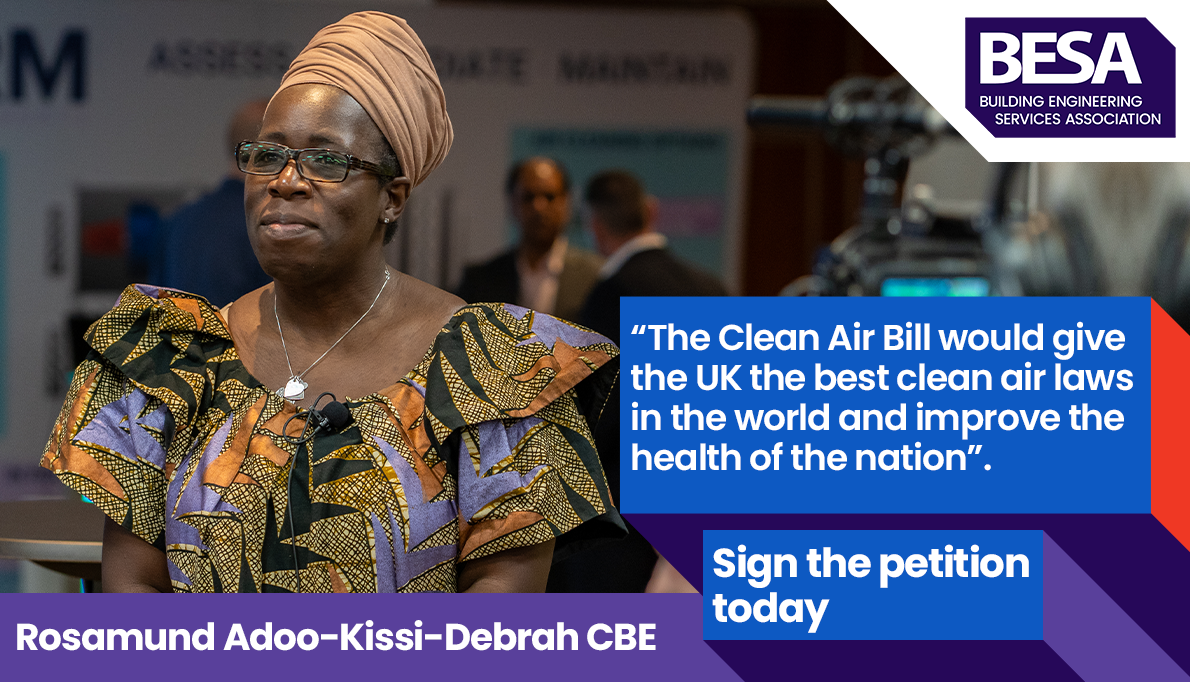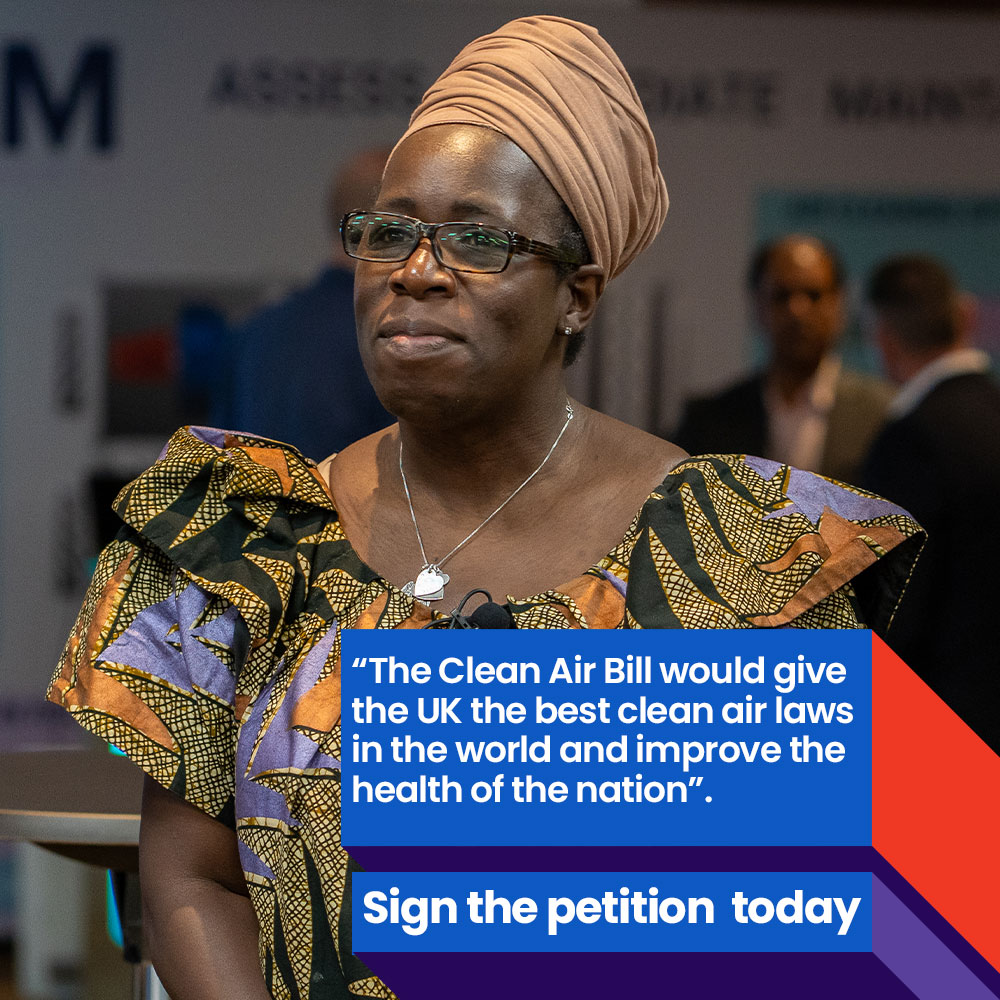The first ever World Ventilation Day (#WorldVentil8Day) held on November 8th has been hailed a huge success by health experts, engineers, scientists, and academics.
21 organisations, including professional bodies, universities, and environmental groups from across UK, Europe, North America, and Australia, backed the campaign to raise public awareness of the vital role played by ventilation in supporting people’s health, well-being, and productivity.
There were webinars, in person talks, new research launched, and a range of ventilation experiments on the day demonstrating how good ventilation can reduce exposure to air pollutants and infectious diseases, aid human productivity, improve sleep, and reduce mould and damp in buildings.
Spearheaded by leading healthy building champion Professor Cath Noakes OBE, Professor of Environmental Engineering for Buildings at the University of Leeds, the campaign was driven in the UK by BESA (the Building Engineering Services Association), CIBSE (the Chartered Institution of Building Services Engineers) and FETA (the Federation of Environmental Trade Associations).
The theme of the day was: ‘Improving Ventilation for a Healthier World’ and this was picked up more than five million times on social media networks in 30 countries. The website attracted over 15,000 visitors from 75 different countries and print media coverage had a reach of 382 million across 12 countries.
High profile figures, including London Mayor Sadiq Khan, the UK’s chief scientist Sir Patrick Vallance, Minister for Health Ireland Stephen Donnelly, and UK Green Party peer Natalie Bennett amplified the message through their own social networks.
Engagement
“The level of global engagement was astonishing considering the campaign was only launched three weeks before the day itself – and with no budget,” said BESA technical director Graeme Fox, who was interviewed by a range of UK national news outlets and radio stations.
“It shows that there is a huge appetite for information about this issue. People are genuinely worried about air pollution, but we were able to explain how they can take control of their indoor air quality (IAQ) by reviewing how their homes, offices, schools, and the public places they visit are ventilated.”
The Sun, Daily Mail, Independent, and Sky News all mentioned the campaign in the UK as did several radio stations. A UK ITN News crew was en route to an event organised by BESA when they were diverted to cover the Just Stop Oil protests on the M25 motorway.
“Good ventilation is part of creating a sustainable and low carbon environment, by using technology to balance air quality, energy use and comfort,” said Professor Noakes. “It is critical to making buildings more resilient to health threats including our regular battles with the transmission of colds and flu around crowded indoor spaces.”
World Health Organisation child health advocate Rosamund Adoo Kissi-Debrah told the BESA event that the lack of effective building ventilation was directly linked to 3.8 million deaths worldwide every year.
She said many more children would continue to die unless governments and the ventilation industry worked together to “fix this public health crisis”.
“The NHS will not be able to reduce its waiting lists until we clean up our air,” she said. “It is also much easier to control the indoor air than the outdoor – so tackling IAQ is a great way to give people back power over their own environment and save lives.”
World Ventilation Day also recognised the role played by engineers who implement the measures and strategies used to make buildings healthier and safer – highlighting the need for training and recruiting more skilled people to take on this growing global task.
The website (worldventil8day.com) includes a range of free resources including ‘top facts’ about the role of ventilation, and different methods that can be adapted depending on the age, design, location, and purpose of the building. It also explains how building operators can manage the complex trade-off between ventilation, energy consumption, climate change, urban pollution, noise, comfort, and security.
“The pandemic showed how well-ventilated spaces help to reduce the transmission of diseases in buildings,” said Fox. “There are a wide range of solutions available, and most are low cost.
“Basically, far too many buildings are simply under-ventilated, and this is just the start of an awareness raising campaign to encourage many more owners and operators to make this a priority and save millions of lives around the world.”


